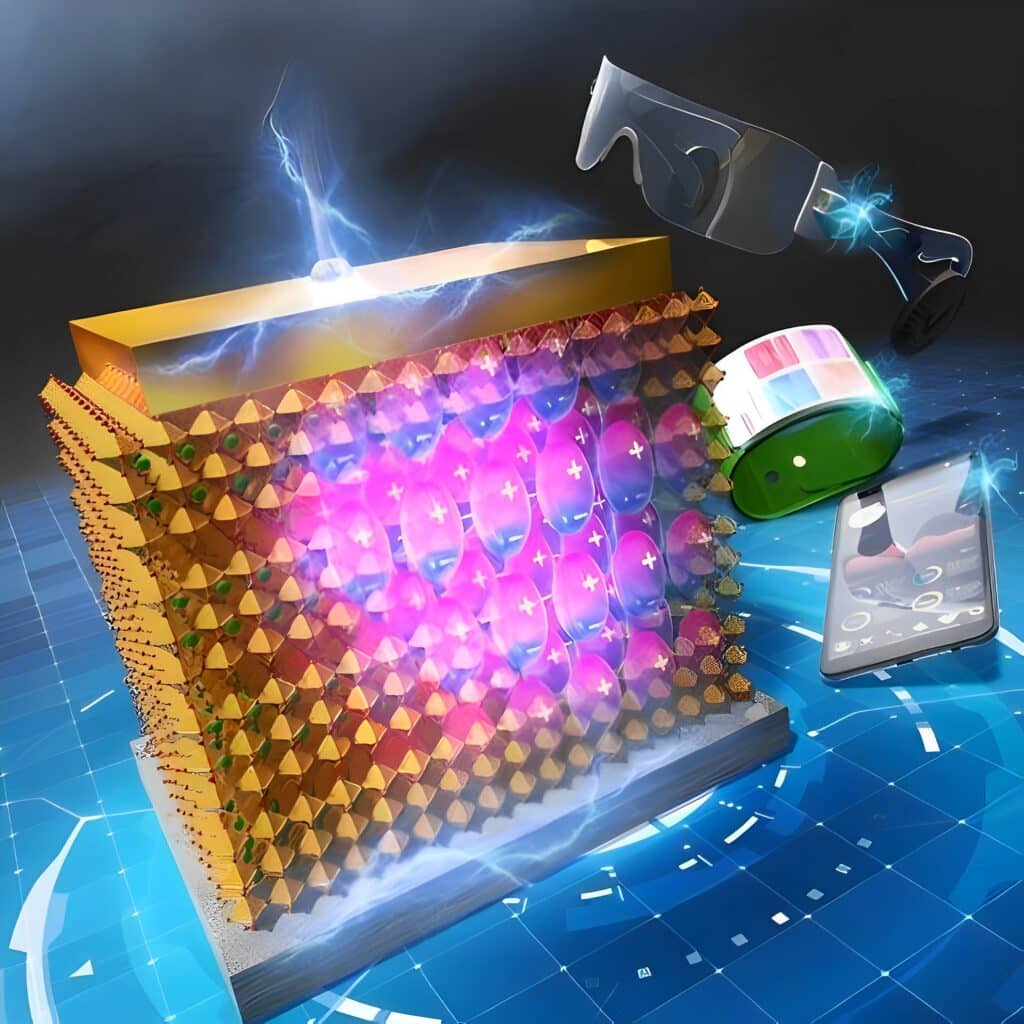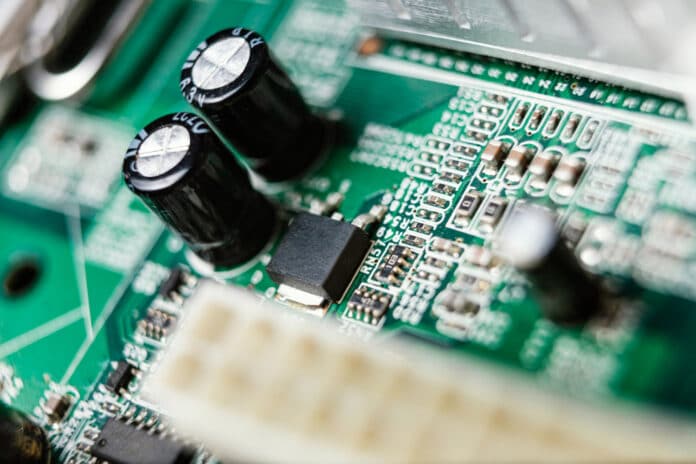Affordable and flexible energy storage technologies are vital for the effective use of renewable energy, enabling clean energy to enter a wide variety of new applications. Current energy storage technology, such as lithium-ion batteries, faces challenges like long charging times, electrolyte degradation, lifetime, and even unwanted ignition.
One promising alternative is dielectric energy storage capacitors, which have many advantages, such as a short charging time of only a few seconds, long life, and high power density. Thus, they can become ideal, safe energy storage devices. However, current dielectric capacitors have much lower energy densities compared to other energy storage devices such as batteries and supercapacitors.
Now, a research team led by Nagoya University in Japan, in collaboration with NIMS, has used nanosheet technology to develop a dielectric capacitor with the highest energy storage performance yet seen.
The amount of electrical energy that a dielectric capacitor can store is influenced by the amount of polarization. Thus, the key to achieving high energy density is to apply as high an electric field as possible to a high dielectric constant material. However, the existing materials are limited by the amount of electric field they can handle.
To solve this problem, researchers used layers of nanosheets made of calcium, sodium, niobium, and oxygen with a perovskite crystal structure. Individual nanosheets exhibit an ultrahigh dielectric strength, even in the monolayer form, which exceeds those of conventional dielectric materials. Multilayer stacked nanosheet capacitors exhibit ultrahigh energy densities, high efficiencies, excellent reliability, and temperature stability.

“The perovskite structure is known as the best structure for ferroelectrics, as it has excellent dielectric properties such as high polarization,” explains Professor Minoru Osada at the Institute for Materials and Systems for Sustainability (IMaSS), Nagoya University. “We found that by using this property, a high electric field could be applied to dielectric materials with high polarization and converted into electrostatic energy without loss, achieving the highest energy density ever recorded.”
The research team’s findings confirm that the energy density of the nanosheet dielectric capacitor increased by 1-2 times while maintaining the same high output density. In addition, the nanolayer-based dielectric capacitors achieved a high energy density that maintained its stability over multiple cycles of use, even at temperatures up to 300°C.
“This achievement provides new design guidelines for the development of dielectric capacitors and is expected to apply to all-solid-state energy storage devices that take advantage of the nanosheet’s features of high energy density, high power density, the short charging time of as little as a few seconds, long life, and high-temperature stability,” Osada said.
“Dielectric capacitors possess the ability to release stored energy in an extremely short time and create an intense pulsed voltage or current. These features are useful in many pulsed-discharge and power electronic applications. In addition to hybrid electric vehicles, they would also be useful in high-power accelerators and high-power microwave devices.”
Journal reference:
- Hyung-Jun Kim, Shu Morita, Ki-Nam Byun, Yue Shi, Takaaki Taniguchi, Eisuke Yamamoto, Makoto Kobayashi, Yasuo Ebina, Takayoshi Sasaki, and Minoru Osada. Ultrahigh Energy Storage in 2D High-κ Perovskites. Nano Letters, 2023; DOI: 10.1021/acs.nanolett.3c00079
